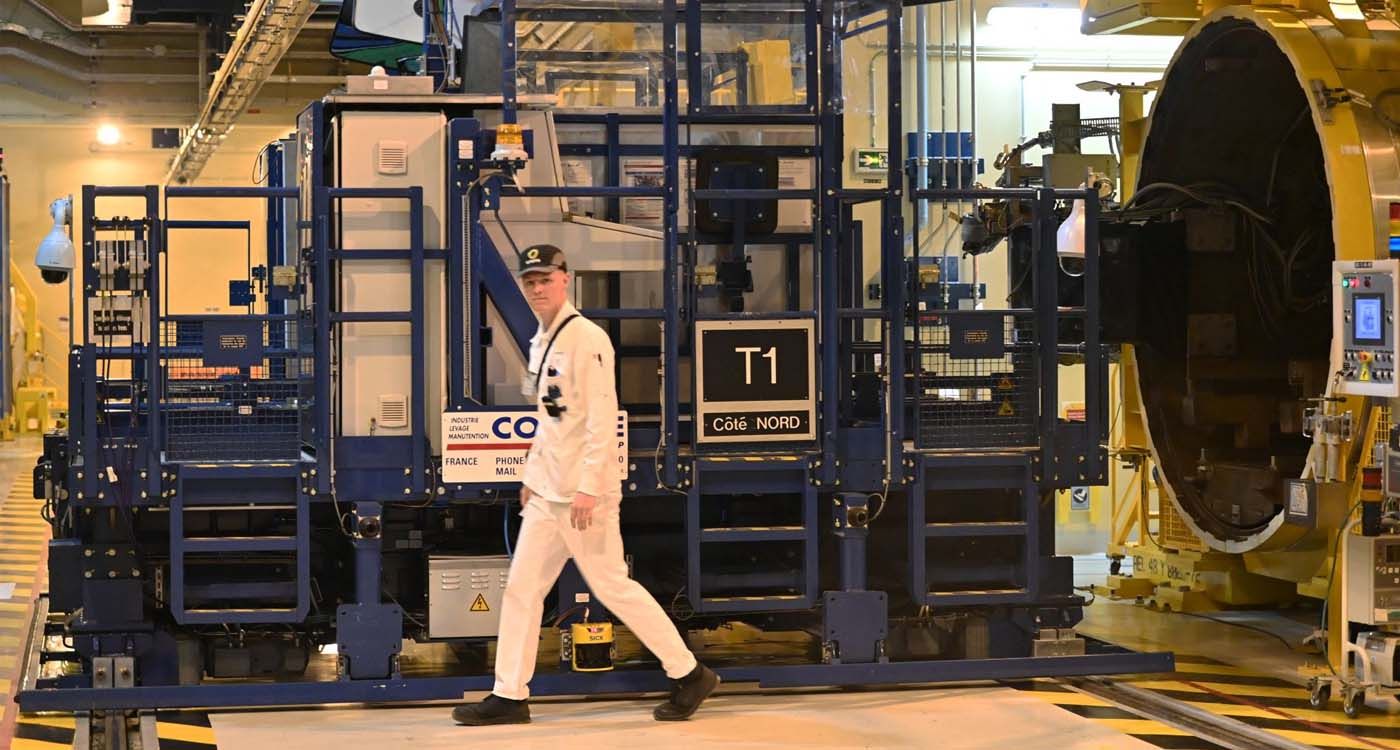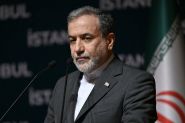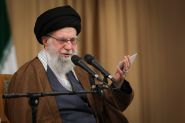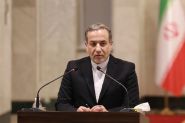- Home
- Middle East
- Conditional Nuclear Power: The Complex Duality of Civilian Nuclear Energy

©Sylvain Thomas / AFP
While many countries harness nuclear technology for energy and medical applications, such as electricity production and cancer treatment, others raise global concern by enriching uranium to levels nearing weapons-grade capability.
A Dual-Use Dilemma
Civilian nuclear energy refers to the use of uranium-fueled nuclear fission for non-military purposes, including electricity generation, scientific research and medical treatments like radiotherapy and isotope imaging.
This sector relies on low-enriched uranium (LEU), typically enriched to 3–5% uranium-235, which is sufficient for commercial light-water reactors and far below the 85–90% enrichment required for nuclear weapons.
The 1968 Treaty on the Non-Proliferation of Nuclear Weapons (NPT) affirms, in Article IV, the right of signatory states to develop nuclear programs for peaceful purposes. However, this right comes with critical obligations: Articles I and II strictly prohibit any assistance in, or pursuit of, nuclear weapons development.
The Stockholm International Peace Research Institute (SIPRI) stresses that uranium enrichment is legal only when conducted transparently, solely for civilian use and under international inspection. The Hudson Institute further warns that even low-level enrichment, if poorly monitored, can mask military intentions.
Indeed, centrifuge technology used to produce LEU can be repurposed, with modifications, to generate highly enriched uranium (HEU), suitable for weapons. This technical ambiguity demands rigorous international oversight, without which the boundary between civilian and military use becomes dangerously porous.
Who Is Enriching Uranium and How?
Several countries operate regulated enrichment facilities. China’s enrichment capacity stood at approximately 8 million separative work units (SWU) in 2020 and is projected by the World Nuclear Association to exceed 19 million by 2030, with export ambitions.
Russia’s Rosatom leads with an estimated 24 million SWU/year across multiple industrial sites. The Urenco consortium produces 18–19 million SWU annually and comprises the UK, Germany, the Netherlands and a US subsidiary.
In France, the Georges-Besse II plant at Tricastin generates around 7.5 million SWU/year. Japan’s Rokkasho facility, though delayed, aims for 1.5 million SWU by 2027. Meanwhile, New Mexico’s Eunice plant continues to expand its output.
SIPRI cautions that the parallel expansion of civilian and military nuclear capabilities complicates verification and weakens the NPT framework. The Hudson Institute insists that transparency must be absolute. The Foundation for Defense of Democracies (FDD) goes further, advocating a complete ban on domestic enrichment for nations like Iran until verifiable international safeguards are in place.
Outsourcing Enrichment: A Safer Path
In response to proliferation risks, many countries opt to import nuclear fuel rather than enrich uranium domestically. Major suppliers, such as Russia, China, France and Urenco, dominate the global fuel market.
To reduce strategic vulnerabilities, the International Atomic Energy Agency (IAEA) established a low-enriched uranium bank in Oskemen, Kazakhstan, operational since 2019. The reserve holds about 90 tons of fuel for use in case of commercial supply disruptions. This multilateral model allows NPT signatories to power reactors without building enrichment facilities.
The nuclear fuel cycle has become increasingly transnational: uranium mined in Kazakhstan, accounting for 40% of global output, may be enriched in Russia or China, fabricated into fuel elsewhere and then exported. As long as global supply chains remain intact, this model enables countries to maintain peaceful nuclear programs without the proliferation risks of domestic enrichment.
Iran: Rights, Risks and Resistance
Iran exemplifies the tensions surrounding uranium enrichment. While asserting its NPT rights to pursue peaceful nuclear energy, Tehran has enriched uranium to 60%, a level that significantly narrows the technical gap to weapons-grade material.
According to the IAEA, both Natanz and Fordow are producing uranium at these elevated levels. Compounding concerns, Iran restricts international inspectors’ access to key sites. This opacity erodes trust and blurs the line between civilian research and military ambition.
SIPRI warns that any erosion of NPT integrity undermines global non-proliferation norms. The Hudson Institute adds that without robust oversight, the temptation for states to pivot toward weaponization may prove irresistible.
In a polarized world, nuclear technology stands as both a beacon of progress and a potential catastrophe. The dual-use nature of enrichment demands strict control, transparency and international cooperation.
The key question moving forward isn’t just who enriches uranium, but how and under what level of oversight. Civilian nuclear energy can empower nations, but without safeguards, it also carries the power to destabilize them.
Read more





Comments